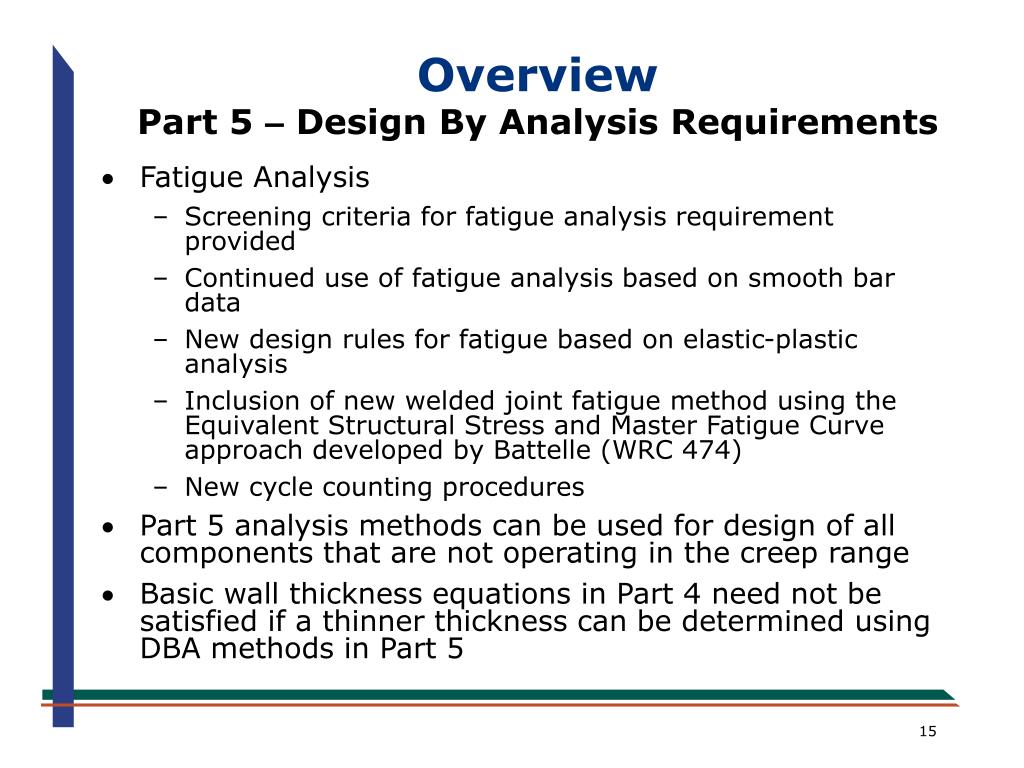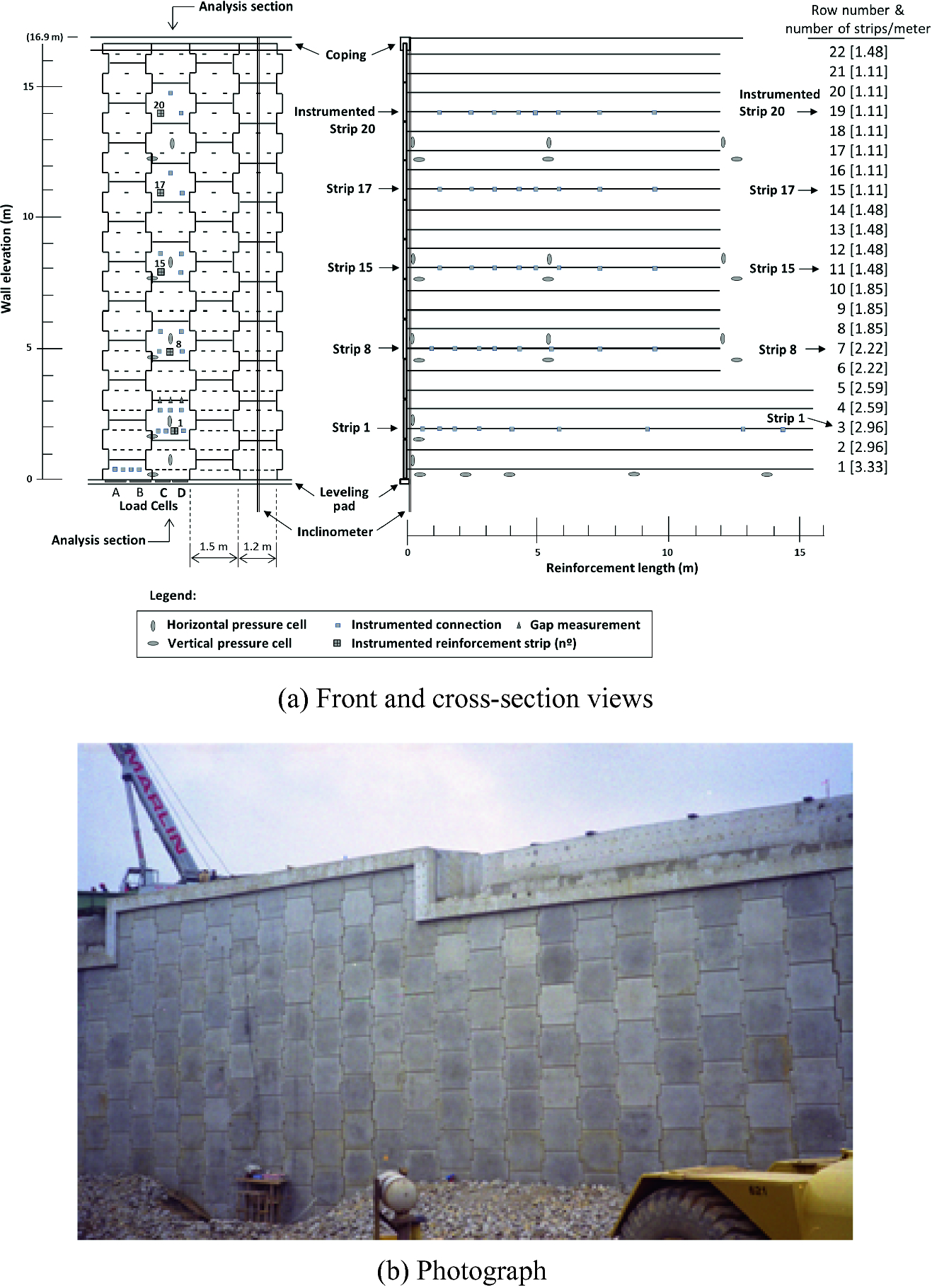
My question is, with LRFD: You have all these neat modifying factors - as BAretired says 1.15, 1.00 and 0.65. RE: LRFD Foundation Design 271828 (Structural) 2 Sep 09 07:40 I know there is the argument that live loads are more variable then dead loads and so should receive a higher load factor, I just don't like hearing "Design to LRFD and you may get more capacity", I don't think the design philosophy of these elements should change. To me, the design should be the same if designing to LRFD as ASD. When these numbers crunch out, our total factor of safety when designing to LRFD is 2.8, making the element less safe than designing to ASD. But instead of applying a FOS of 3 on the bearing capacity, we apply a reduction factor of 0.5 to the ultimate capacity. Now with the introduction of LRFD, the loads are factor 1.2*D+1.6*L, lets say this averages to give us design actions 1.4 times greater than ASD.


This is accepted as good engineering principles. I have been raised in the LRFD era and I can't understand why there has been such a large shift in the way that foundation elements are designed.įor example, bearing elements have been designed for decades using a factor of safety (FOS) of 3.


 0 kommentar(er)
0 kommentar(er)
